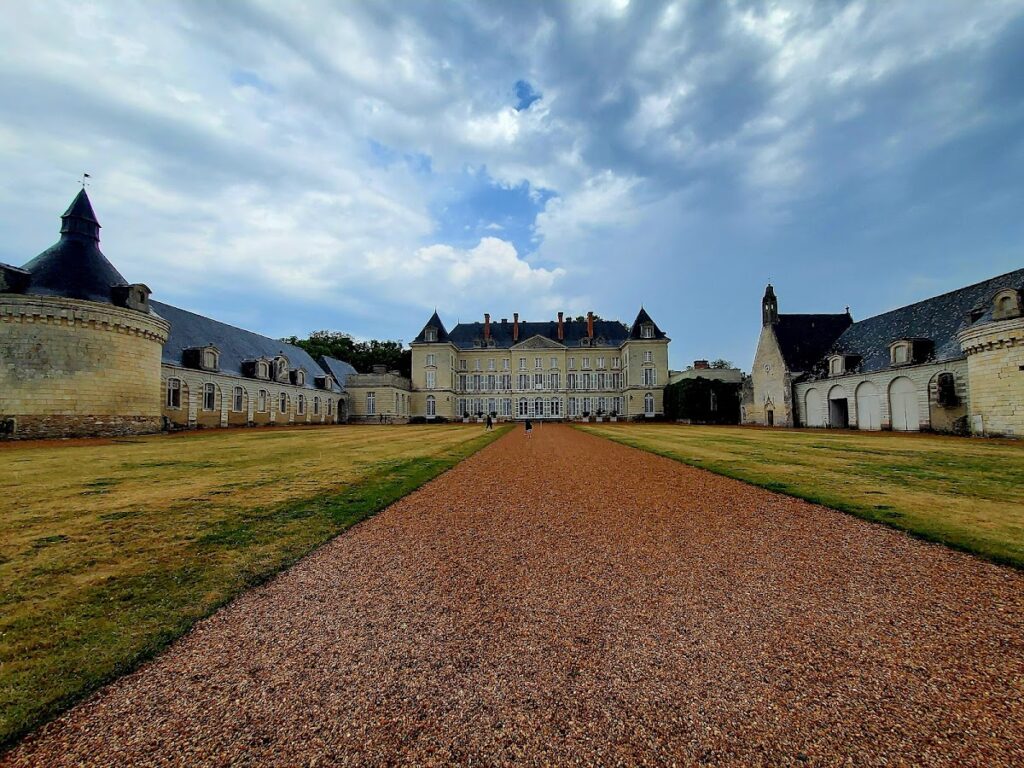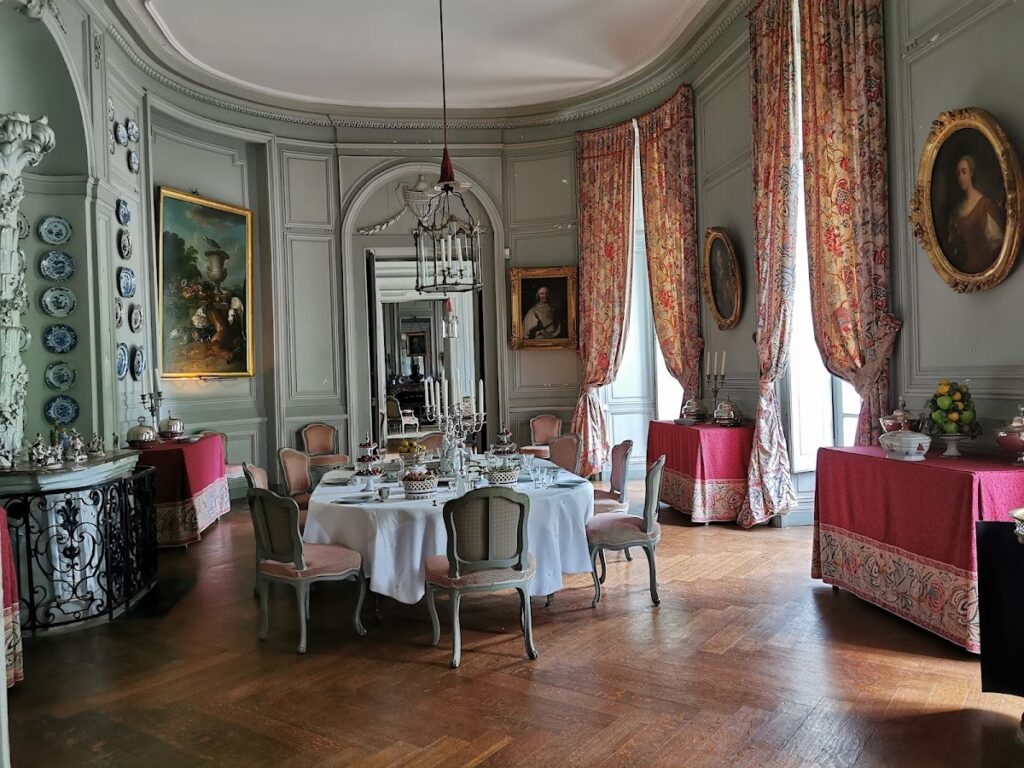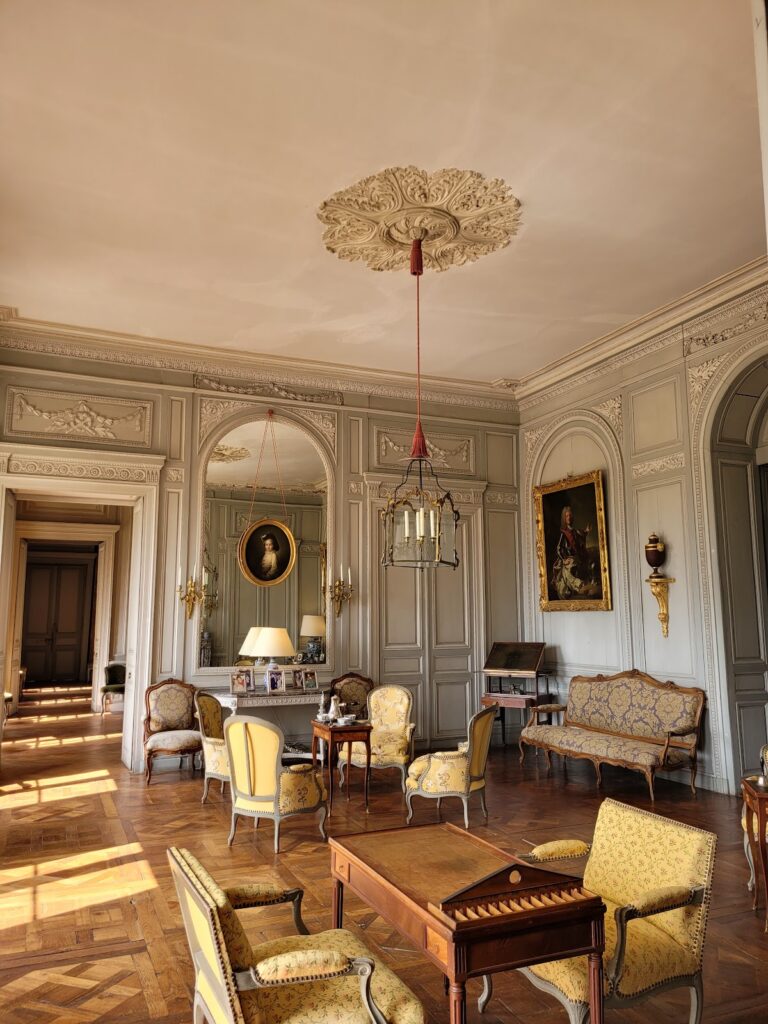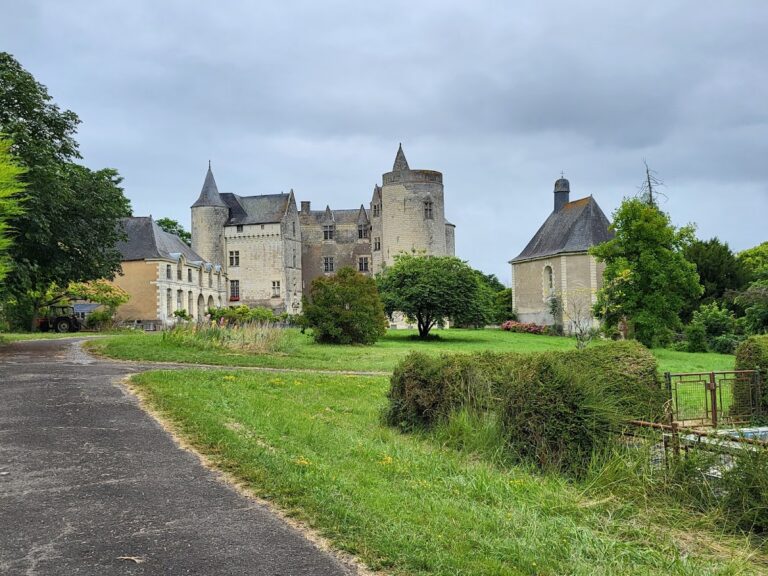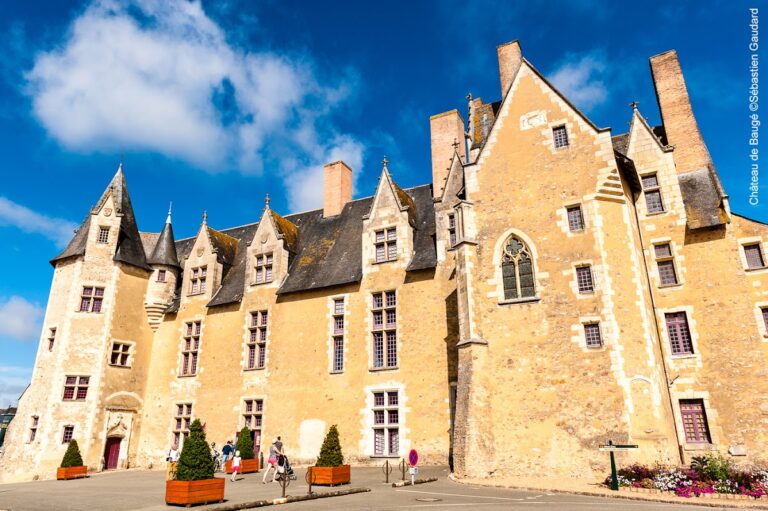Château de Montgeoffroy: A Historic French Estate in Mazé
Visitor Information
Google Rating: 4.6
Popularity: Low
Google Maps: View on Google Maps
Official Website: www.chateaudemontgeoffroy.com
Country: France
Civilization: Unclassified
Remains: Military
History
The Château de Montgeoffroy is situated in the commune of Mazé in modern-day France. This estate was originally acquired in 1676 by Érasme de Contades, a nobleman from the historic province of Anjou. The château’s origins trace back to an earlier structure on the site, which was later transformed into the residence known today.
In the 18th century, specifically beginning in 1772, Louis Georges Érasme de Contades, a marshal of France and governor of Alsace, undertook a major rebuilding of the château. This project was intended as a retirement home and spanned four years. The construction was mainly directed by his son, the Marquis de Contades, with significant involvement from family members, including his daughter-in-law Julie Constantin de Marans and Hélène Hérault de Seychelles, a former mistress. Their participation reflects the personal and familial nature of the château’s development during this period.
Remarkably, the château endured the upheavals of the French Revolution and the War in the Vendée without losing its core structures or furnishings. It retained its outbuildings, chapel, park features, archives, and much of its original furniture, some of which has been studied by historians such as Pierre Verlet. A notable historical feature was a subterranean passage built to provide an escape route from the château to a nearby former monks’ farm on the chemin de la Macheferrière. Although this passage no longer exists, traces remain visible in the château’s architectural plans and in the cellar of the converted farm.
In recognition of its historical and architectural value, the château along with its outbuildings, chapel, entrance pavilions, esplanade, moats, and façades were officially classified as Monuments Historiques on 8 October 1984. The estate’s interiors and park also served as a setting for the 1966 television film “Le Jeu de l’amour et du hasard,” directed by Marcel Bluwal, highlighting its preserved 18th-century character.
Remains
The Château de Montgeoffroy preserves a classical architectural layout, rebuilt on the footprint of an earlier building. The design maintains a U-shaped plan, featuring two round towers and moats that date back to the original structure. A chapel from 1543, constructed for the aristocrat Guillaume de la Grandière, remains part of the estate, retaining its original stained glass window depicting the Adoration of the Magi.
The main building contains six formal reception rooms and twenty apartments, with the garden-facing façade oriented toward the northeast. Two salons are arranged along the principal axis that connects the courtyard to the park, while the dining room is uniquely oval in shape. The grand staircase is positioned diagonally opposite this main axis. The marshal’s apartment lies on the south side near the entrance and service areas, distinguished by overdoor portraits portraying attractive servants. The family members Hélène Hérault and the daughter-in-law were accommodated in the section between the parterre and the lower courtyards.
Externally, the château’s classical style is marked by restrained decoration, with the Contades family coat of arms as the sole ornament on the façade. Two covered pavilions and an ornate wrought-iron gate link the main residence to the stables, carriage house, and chapel. These structures are enclosed by a fence that separates the château grounds from the surrounding estate lands.
The stables house a collection of historic carriages and saddles, with one of the round towers dedicated to displaying the saddle collection. Inside, the principal rooms are located on the first floor. Representative rooms and the main salon face south toward the courtyard, while the women’s rooms and the oval dining room overlook the park. The interior decoration includes period fireplaces, chandeliers, gilded bronze lanterns, soft furnishings, tables, a wall clock, and a barometer, all documented in an inventory from 1775, which provides a detailed record of the château’s original furnishings and decorative elements.

